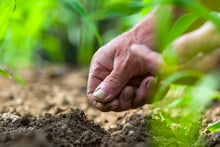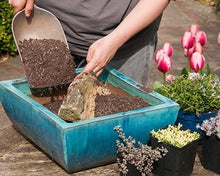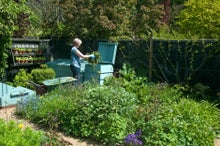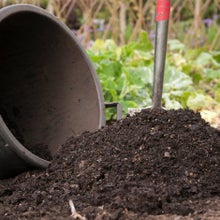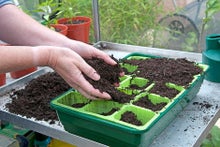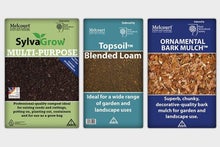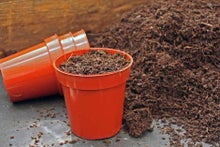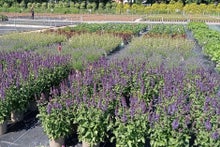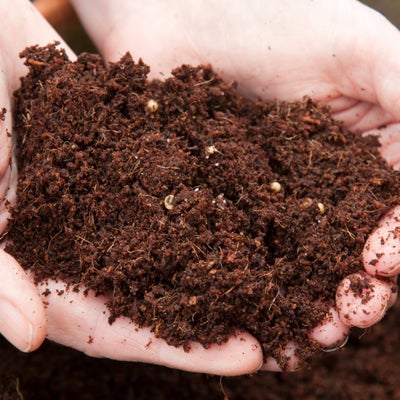
Quick facts
Peat-free composts are readily available and more sustainable than those containing peat
Going peat-free helps to conserve precious peat bog habitats and combat climate change
‘Environmentally friendly’ and ‘organic’ composts aren’t necessarily peat-free
Benefits of peat-free compost
Going peat-free is great for the environment, and since many new mixes have been developed in recent years for every need, your plants will be happy too.
Preserving rare peatlands is vital for the unique they support, as well as for the wider environment. These habitats are important carbon stores and draining them for peat extraction releases carbon dioxide, contributing to climate change. Peatlands also play a key role in soaking up excess rainfall, helping to prevent localised flooding.
Along with increasing availability of peat-free composts, the quality has greatly improved in recent years too. So if you’ve had a go with peat-free in the past and perhaps had problems, it’s well worth trying again to find your perfect peat-free mix.
Government had committed to banning the use of peat in retail bagged in 2024, and its use in professional horticulture in 2026, with some exemptions to 2030. However, so far government has failed to put in place legislation for these bans, so it remains unclear when the use of peat in horticulture will be legally prohibited.
Meanwhile, the RHS remains committed to becoming 100% peat-free across all operations, including shows, gardens and retail, by the end of 2025. We stopped selling peat-based composts in 2019 and our RHS gardens are already 98% peat-free.
To ensure the compost you choose is sustainable, look out for the Responsible Sourcing Scheme traffic light system on bags, which rates the compost components based on seven environmental criteria.
So now is a great time to join us and get started with peat-free growing.
Selecting peat-free composts
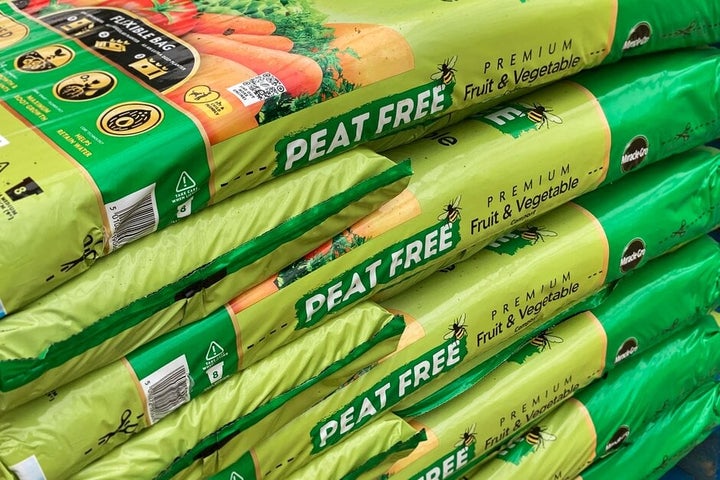
Always choose a to suit the plants you will be growing in it, such as or long-term container plants. Some plants, like ericaceous or acid-loving plants and houseplants, need specialist mixes. With the expansion in the range of peat-free options, you will be able to buy peat-free versions of all the various types of compost.
When deciding between peat-free composts, look for information on the packaging about how to use it and which plants it is suitable for. Also look for the Responsible Sourcing Scheme logo on the packaging, which will help you check the environmental rating of that particular compost mix.
The packaging may also recommend the use of specific fertilisers with that compost: this is not a marketing ploy, as different formulations have different balances of nutrients. Use either the recommended product or one with a similar nutrient balance – compare fertilisers by checking the NPK ratio and the trace-element content quoted on the packaging.
See our video guide to peat-free composts:
The following peat-free options may be especially useful:
- Multi-purpose and – most of the major manufacturers produce peat-free multi-purpose products, including Melcourt SylvaGrow and Westland New Horizon
- Ericaceous compost – the choice for ericaceous (acid-loving) plants is more limited, but look for Melcourt’s SylvaGrow Ericaceous
- John Innes compost – for containers that will be home to plants for more than two or three years, use a peat-free John Innes compost. But note that traditional-recipe John Innes contains peat, so it must say peat-free on the bag
- Carnivorous plant compost – since many species of these plants are at home in bogs, they are traditionally grown in peat. However, sustainable options have been developed in recent years. Mixes usually contain milled , other fibrous materials such as coir, or live sustainably farmed sphagnum moss, combined with , or vermiculite. In fact, RHS research is showing that some types of carnivorous plant can be grown more successfully in peat-free mixes than in peat.
Main ingredients of peat-free compost
Peat-free potting composts contain blends of various organic (plant-derived) materials – such as composted , coir, woodfibre and green – sometimes mixed with inorganic materials such as grit, , rock wool and . All these materials have their own physical, chemical and biological properties that are also different to those of peat, so it is worth trying a few different compost mixes to find one that suits your garden and the plants you grow.
Some of the most commonly used organic ingredients are:
- Wood fibres – treated wood chips, with different treatments resulting in different materials for different needs. Steam-treatment will give a very loose material while crushed or milled wood fibres can help improve drainage. Depending on their treatment, wood-based mixes can be tailored to the requirements of most plants.
- Coir or coconut fibre – the husks of the coconut which would otherwise be a waste product, mainly imported from Sri Lanka and India. Coir has excellent water-holding abilities and its mix of fine and coarse fibres makes it light and porous, which provides good growing conditions. However, it doesn’t hold as well as some other materials.
- Wood bark – most often the bark of pine trees, again this component can be treated in different ways to give the bark various properties for different uses. Bark is very stable and porous, so can help add air to a compost.
- Green compost – many local authorities and private companies collect and anaerobically compost . The resulting compost tends to have a high nutrient content but can be very variable throughout the year without careful management. Green compost is subject to PAS 100 standards, which ensure that these composted materials adhere to specific criteria and a minimum quality level. The RHS is part of Enrich the Earth, a movement of organisations seeking to unlock the benefits of green waste. They are undertaking trials of localised composted green waste and food waste as a replacement for peat.
Top tip
Home-composted food and green waste is really useful as a mulch or soil improver – don't use bagged potting composts on your beds and borders.
Other ingredients
Research is ongoing into a number of materials that, if locally available, may be useful ingredients in blended products, such as arable straw waste, sustainably farmed sphagnum moss, wool waste and paper and cardboard production waste.
Home-made potting compost
You can mix your own peat-free potting compost using home-made garden compost, leafmould and inorganic materials (loam and sand). This has the great benefits of being very low cost and having a much smaller carbon footprint than buying bagged compost, but the results can be variable. It can be difficult to standardise the pH, moisture retention and available nutrients in your compost throughout the year, and to ensure that the final mix is weed-free.
Home-made potting composts are best avoided for seed sowing, because of the potential for them to contain fungi that can harm or cause damping-off disease.
Peat-free buying tips
- If the bag doesn’t say peat-free, then it most likely isn’t
- Words such as ‘environmentally friendly’ and ‘organic’ may lead you to think a product is peat-free, but they don’t necessarily mean that it is
- Some good-quality peat-free composts are a little more expensive – the price tends to reflect the quality of the ingredients
- Check the information on the bag to see if it’s recommended for particular uses or plant groups (such as seed sowing or growing )
When buying plants, you may also wish to consider choosing plants that have been grown peat-free. Our list of peat-free nurseries is here to help you source more sustainably grown plants that have been raised 100% peat-free.
How to use peat-free composts
Peat-free composts usually look and feel very similar to peat-based composts, and can be used in similar ways. However, the watering and feeding requirements may differ, so always read and follow any advice on the packaging.
Also see our peat-free guides:


